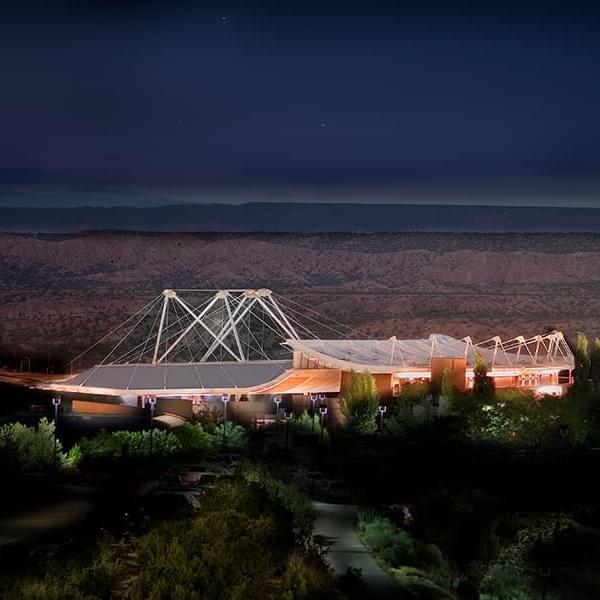
Capriccio 1993
The struggle between words and music…
…is explored in Richard Strauss’ final opera, and sweeps us into a charming world rich with character, melody and sentiment. The beautiful Countess, a young widow, is courted by Flamand the composer and Olivier the poet. In her pensive attempt to choose between her admirers, she must also choose between their arts.
Synopsis
Act I
Various people have assembled near Paris at the chateau of the young widowed Countess Madeleine and her brother, to celebrate the Countess’ birthday. They are the poet Olivier, the theatre director La Roche, and the composer Flamand, whose string sextet is being played in a room adjoining the salon. The young poet and composer are both in love with the Countess and feel that if she chooses to prefer “word” or “music,” she cannot help but select its personal representative as her next love. As the music ends, La Roche awakes. He says that he only appreciates Italian opera, with down-to-earth situations and beautiful women – such as the actress Clairon (an old love of Olivier’s), who has also been invited. The Count dislikes music and twits his sister about whether she prefers words or music, much to Olivier’s annoyance, but his absence allows the poet to declare his love. Flamand returns and plays his accompaniment; the Countess cannot decide which is better. La Roche takes Olivier off to supervise some cuts, and now Flamand has his chance to tell the Countess of his love for her.
The Count re-enters, smitten with the charms of Clairon, and, with the return of the others, the Countess has chocolate served as a refreshment.
Artists

Sheri Greenawald
Soprano
The Countess

Mark Thomsen
Tenor
Flamand

James Michael McGuire
Baritone
Olivier

Katherine Ciesinski
Mezzo-soprano
Clairon

Eric Halfvarson
Bass-baritone
La Roche

Richard Stilwell
Baritone
The Count

François Loup
Bass-baritone
The Major-domo

David Rampy
Tenor
An Italian Tenor

Erie Mills
Soprano
An Italian Soprano

Molly Rose
Dancer
A young dancer

Darren Keith Woods
Tenor
Monsieur Taupe

Richard Appelgren
Tenor
Servant

Patrick Blackwell
Bass-baritone
Servant

Randal Christy
Tenor
Servant

George Cordes
Bass-baritone
Servant

Craig Montgomery
Tenor
Servant

Gerald Seminatore
Tenor
Servant

Tim Smith
Baritone
Servant

Nathan Wight
Baritone
Servant

John Crosby
Conductor

Willy Decker
Director

Wolfgang Gussmann
Scenic & Costume Designer

Craig Miller
Lighting Designer

Daniel Pelzig
Choreographer

Gary Wedow
Chorus Master
